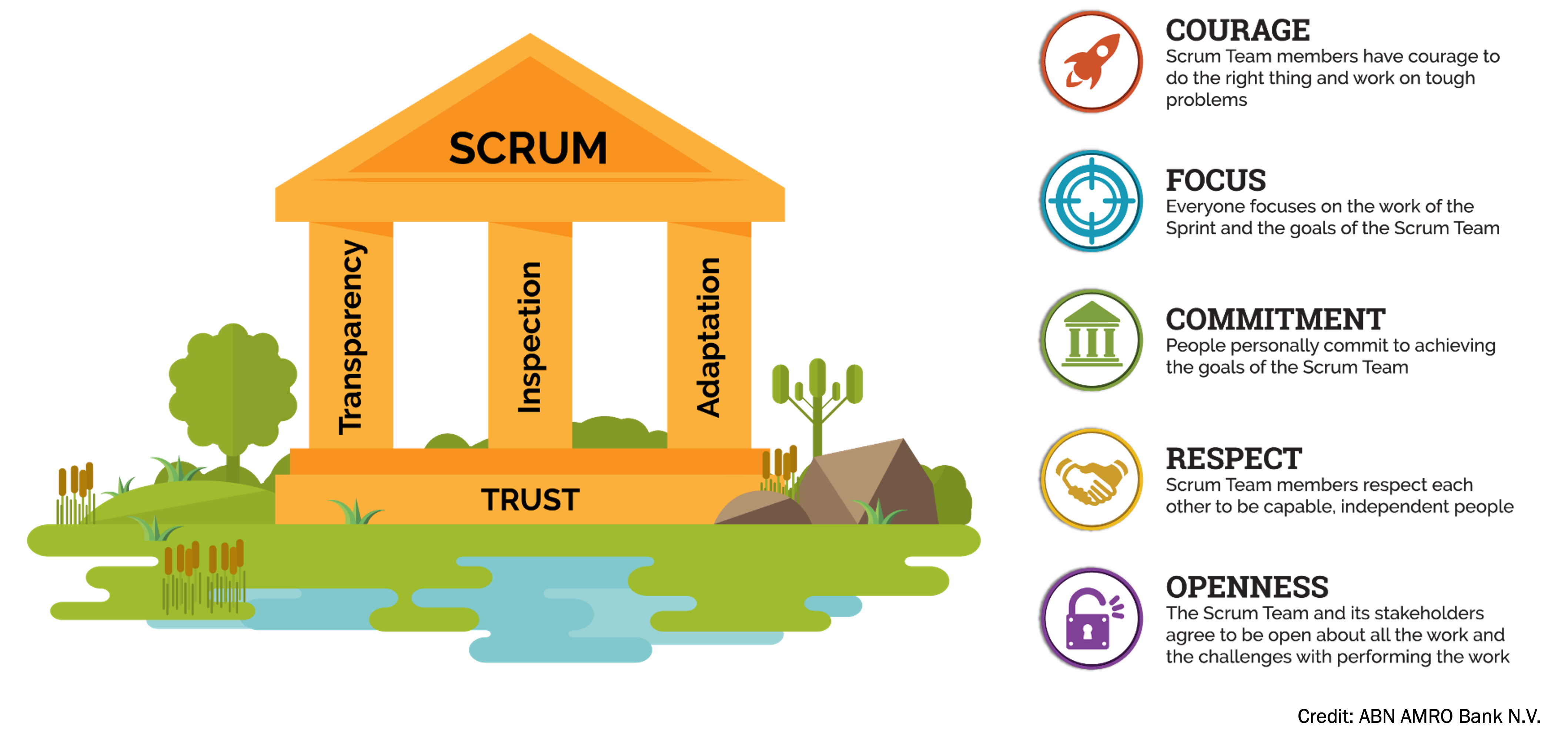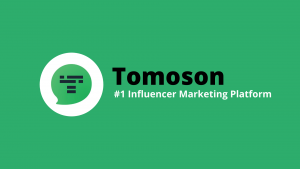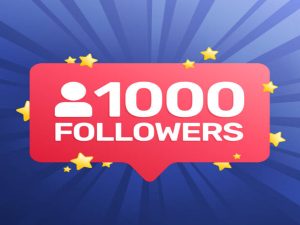If you are just getting started, think of Scrum Agile Framework as a way to get work done as a team in small pieces at a time. In particular, this often happens with continuous experimentation and feedback loops along the way to learn and improve as you go. Scrum helps people and teams deliver value incrementally in a collaborative way. As an Agile Framework, it has a great structure.
As a result, webmaster designers, developers, and teams can integrate into how they work while adding the proper practices to optimize for their specific needs. You may be thinking, that sounds great! But how do I get started? It started with understanding the Scrum Framework defined in The Scrum Guide and was first introduced to the world in 1995 as a better foundation.
In this case, it is a way of team collaboration for solving complex problems. Scrum Framework is fairly simple being made up of a Scrum Team consisting of a Product Owner, a Scrum Master, and Developers, each of which has specific accountabilities. The Scrum Team takes part in five events and produces three artifacts. Scrum co-creators Ken Schwaber and Jeff Sutherland wrote it.
They also maintained The Scrum Guide, which explains Scrum clearly and succinctly. Today, different types of Agile Frameworks help empower design and development environments. Each framework has its own unique set of strengths and weaknesses. This article will define the essential features of Scrum, its accountabilities, events, artifacts, and the guide that binds them together.
Understand Why The Scrum Agile Framework Matters In Complex Designs
People often ask, “Is Scrum an acronym for something?” and the answer is no. The term scrum inspires Scrum in the sport of rugby. In rugby, the team comes together in what they call a scrum to work together to move the ball forward. Usually, Scrum is where the team comes together to move the product forward. In other words, it helps sustain complex product design processes.
Still, in the context of Agile Design Methodologies, Scrum is an approach to project management in a business environment. Typically, the Scrum Agile Framework favors moving projects forward through short-term blocks of work called sprints, usually confined to two-week intervals. Teams working with this framework are self-organizing and not top-down or hierarchical.
On the one hand, the Scrum Framework helps develop and sustain complex products. On the other hand, its specific roles include the ScrumMaster, a team guide, and the Product Owner, representing the business and customers. It’s a lightweight framework that helps people, teams, and organizations generate value through adaptive solutions for complex problems.
Various processes, techniques, and methods can be employed within the Scrum Agile Framework. Notably, it wraps around existing practices or renders them unnecessary. Scrum Agile Framework makes visible the relative efficacy of current management, environment, and work techniques so that improvements can be made. It’s founded on empiricism and lean thinking.
Exploring Ways In Which Scrum Agile Framework Can Be Optimized
Scrum is an empirical process where decisions are based on observation, experience, and experimentation. It has three pillars: transparency, inspection, and adaptation which support the concept of working iteratively. Think of Empiricism as working through small experiments, learning from that work, and adapting what you do and how you do it as needed.
One critical Scrum Module characteristic that binds all of the elements together is Trust. If Trust is not present on a Scrum Team, there will likely be tension and bottlenecks in getting work done. The Scrum Values are also critical for Scrum Teams to adhere to as they help to guide how you work and drive trust. Consider the values of Courage, Focus, Commitment, Respect, and Openness.
Let’s consider the book Agile Software Development with Scrum, written by Ken Schwaber and Mike Beedle in 2001. On that note, they discuss the Scrum Values added to the Scrum Guide in 2016. The Scrum Team members must understand and live the Scrum Values as part of Professional Scrum. As such, there are a few straightforward values to note, as illustrated below:
These values are all essential elements that team members must consider when working together. The Scrum Values are particularly important in environments where experimentation is core to making progress. Scrum Team members need the ability to be flexible and long for constant feedback and improvement. In a nutshell, Scrum Framework requires a specific environment.
This Is Where:
- Increments of valuable work are delivered in short cycles of one month or less, called Sprints. Ongoing feedback occurs during the Sprint, allowing for inspection and adaptation of the process and what will be delivered.
- The Scrum Team has a Scrum Master, a Product Owner, and Developers, who are accountable for turning the selection of the work into an Increment of value during a Sprint.
- Scrum Teams and other members of their organization, business, users, or customer base, known as stakeholders, inspect the results of the Sprint and adjust for the next one.
To be effective, Scrum requires more than just following the mechanics and fundamentals of the framework. Sometimes, teams fall into the habit of simply going through the motions. Professional Scrum requires mindset changes for ways of working and thinking and an environment that supports it, including trust. It also requires you to embrace the Scrum Values in your work.
Eventually, we call this Professional Scrum, given the mechanics and fundamentals of the framework. As mentioned, being effective requires mindset techniques for working and thinking and an environment that supports it, including trust. Most people familiar with Scrum know that the brand “Professional Scrum” is synonymous with Scrum.org. Watch the video guide below to learn more.
You’ll find certified experts at leading brands across industries. Ken Schwaber, the co-creator of Scrum, started Scrum.org in 2009.
He Wrote:
“Our mission remains the same as when we started - to help our profession rise to the demands of an increasingly complex world that relies on increasingly complex technologies and products. Advances in materials and techniques can only succeed if we shift to a collaborative, creative approach… Using Scrum, we continue to find new opportunities for professional improvement.”
With that mission in mind, Ken branded what he was building with the trademark Professional Scrum, but what does it mean?
The Essential Fundamentals That Fosters Scrum Agile Framework Design
Scrum was initially developed for complex software development projects but is used on almost any team-based product work. The framework, as defined in The Scrum Guide, is a simple yet powerful way to bring order to complexity through learning by providing opportunities for frequent feedback on both how we work and the things we have been and will be working on.
- Firstly, an empirical process through evidence-based inspection and adaptation of how the work is done and delivered
- Secondly, self-managed, empowered teams who are closest to the problems and the work to best make decisions
- Third, continuous improvement based on what is learned on an ongoing basis
On the one hand, the Scrum Agile Framework is relatively simple, comprising a team with three accountabilities who participate in five events and produce three artifacts. With Scrum, important decisions are based on the perceived state of the three artifacts, making their transparency critical. Artifacts with low openness can lead to decisions that diminish value and increase risk.
In a nutshell, transparency enables inspection and leads to greater trust among the team and others within the organization. Scrum Values can help you learn to deliver value frequently, learn from feedback, and delight customers with the world’s most recognized agile certifications. With that in mind, the essential principles of a strategic Professional Scrum plan are below.
A. Growth Mindset
Scrum Teams and their organizations need to embrace a growth mindset. As Carol Dweck described in a January 2016 HBR Article, “Individuals who believe their talents can be developed (through hard work, good strategies, and input from others) have a growth mindset. They tend to achieve more than those with a more fixed mindset (those who believe their talents are innate gifts).”
This benefit is complex problems require out-of-the-box thinking to apply different solutions and try new things, often doing things that have not been done before. When teams and their organizations embrace a growth mindset, Scrum members feel far more empowered and committed; they also receive far more excellent organizational support for collaboration and innovation.
B. Outcome Oriented
The Agile Manifesto describes four elements.
- Individuals and interactions over processes and tools
- Working software over comprehensive documentation
- Customer collaboration over contract negotiation
- Responding to change by following a plan
Combined with the Scrum Values, these elements help describe the need to be outcome-oriented. Outcome-oriented Scrum Teams and individuals work on problems that, when solved, deliver value to customers and stakeholders, and if value is not being provided, they adapt and evolve. At the same time, Scrum Teams need to balance different needs between the stakeholders.
For example, stakeholders and users or consumers of what is being delivered are inside the organization, each with often conflicting needs. As a rule of thumb, the Scrum Team must consider what is best based on the information at hand. In most cases, with Professional Scrum, Scrum Teams strive to do the right things for stakeholders by delivering value.
Related Resource: Why Scaling Agility So Often Fails (And What To Do About It)
Measuring value helps Scrum Teams focus on outcomes while gathering metrics that help guide improvement. In layman’s language, Evidence-Based Management™ (EBM) is a framework organizations can use to help them measure, manage, and increase value.
EBM focuses on improving outcomes, reducing risks, and optimizing investments. Equally important, EBM helps organizations put the proper measures to invest in the right places, make smarter decisions, and reduce risk using an iterative and incremental approach. This empirical method, alongside the agile principles and values, enables successful steps of change for the organization.
C. Ongoing Scaling
As a primary fundamental of Scrum, empiricism, ongoing learning, and development are core tenets of Professional Scrum. Scrum is a team activity, but one where each team is small. The team requires all the skills and experience to solve the assigned problems. To be effective, Scrum Team members work together and help each other. They often create communities of practice, participate in outside activities, and are always looking for new ways to share experiences. They learn from others based on different experiences, grow their knowledge, and improve as a part of a global community of Scrum practitioners.
D. Ethical Behavior
Ken Schwaber describes a professional as someone who follows established rules for the profession. He also adds that professionals embrace a set of ethical standards. These standards both unify members of a profession and define that profession to the outside world, as does the Hippocratic Oath for the medics. As Scrum is used in many industries and on various products globally, ethical standards may depend on the type of work being done and be defined by the industry, team, and organization.
Some Topmost Scrum Agile Framework Strengths And Notable Weakness
As mentioned, it’s worth reminding you that Scrum’s origin varies depending on whom you ask. Some say it was invented in 1993 by Jeff Sutherland, Jeff McKenna, and John Scumniotales. Eventually, Scumniotales is credited with being the first ScrumMaster. At the same time, others say it originated in 1986 and was invented by Hirotaka Takeuchi and Ikujiro Nonaka.
Takeuchi and Nonaka used the term in their 1986 white paper titled “The New Product Development Game.” Scrum’s increasing popularity eventually led to the Scrum Alliance, the Certified ScrumMaster (CSM) Certification, and more communities. By all means, Scrum Alliance’s top-rated trainers and coaches have earned more positive ratings than any other agile certifier.
Realistically, one essential benefit of the Scrum Agile Framework is that you can fully optimize your investment by scaling agility across an enterprise. Moreover, you can learn how to tailor agile scaling to your context, no matter your role or industry. The result is a lasting transformation that evolves with your organization. Below are the pros/cons of the Scrum Agile Framework.
Strengths:
- It’s easy to understand the Scrum Agile Framework
- Utilizing the Scrum Agile Framework allows for rapid feedback
- Will enable issues to be brought up through daily meetings
Drawbacks:
- Strictness (e.g., teams may not hold more than one sprint review meeting during a sprint).
- Still, there are limitations on the number of people allowed on the team.
- This can lead to scope creep.
- Some argue that the framework can place high pressure on the team due to the frequent, short deadlines.
Scrum might be for you if your organization seeks a lightweight, team-based approach to agile product management and optimization. But if your company’s culture tilts more toward upfront planning and your executive stakeholders prefer a top-down approach to decision-making rather than an organic team-based approach, it probably isn’t the ideal framework choice.
Fortunately, the Scrum Alliance Team provides certifications demanded by employers worldwide. Typically, as the first nonprofit focused on agile education and accreditation, the unique Scrum Alliance Community proudly serves its growing community of nearly 1.5 million professionals spanning diverse industries. You can Join Now to help upskill, certify, and deliver results.
Some Essential Practices:
- First, work as a certified scrum team member or learn highly sought-after agile skills to bring to any role in any industry.
- Secondly, you can explore web courses or find an experienced agile coach to guide you, your team, or your enterprise.
- Next, improve collaboration, maximize value, and build better products (embody agile values, practices, and principles).
- After that, learn from experienced trainers and coaches who provide expert individual and organizational growth guides.
- Lastly, unlock continuous growth and form new connections through Scrum Alliance-supported community events.
Remember, Certified Scrum Trainers® (CSTs®) are rigorously vetted professionals with deep, practical, real-world scrum and agile knowledge offering instruction in different languages. At the same time, each CST brings a unique viewpoint and story, actively contributing to a passionate community of change agents worldwide. You can Download Free Infographic to gather more.
Summary Thoughts:
Scrum Alliance provides the perfect platform to achieve all your complex design and development goals. One of the highlights of your learning journey is the supportive and knowledgeable instructors. Their expertise in Scrum Agile Framework integration practices and real-world experience helps bring the concepts to life. They were patient, encouraging, and always available.
Likewise, they are also willing to answer questions and provide valuable insights. You’ll truly appreciate their dedication to creating an engaging and interactive learning environment. Of course, many books, presentations, videos, and other resources can help you learn Scrum, but it all starts with The Scrum Guide, which offers a complete definition of Scrum with some examples.
Events & Community:
- Global Scrum Gatherings
- Regional Scrum Gatherings
- Join A Community Group
- Find A Professional Coach
- View Certificate Directory
Resource References:
We recommend reading insights from the experiences of Professional Scrum Trainers (PSTs) who are experts in their field and experts from Scrum.org staff on the Scrum.org Blog to gather more insights. One thing is sure: Articles, white papers, videos, webinars, and other materials are published regularly by the community and are posted in the Resources Section of the website.
Lastly, if you have questions or want to learn from what questions others have had, check out the Scrum Forum as an additional way to connect with and learn from the community. Be that as it may, you can share your helpful thoughts, suggestions, input, and recommendations or even ask questions in our comments section. Notwithstanding, visit the Webtechex Agency for more help.









